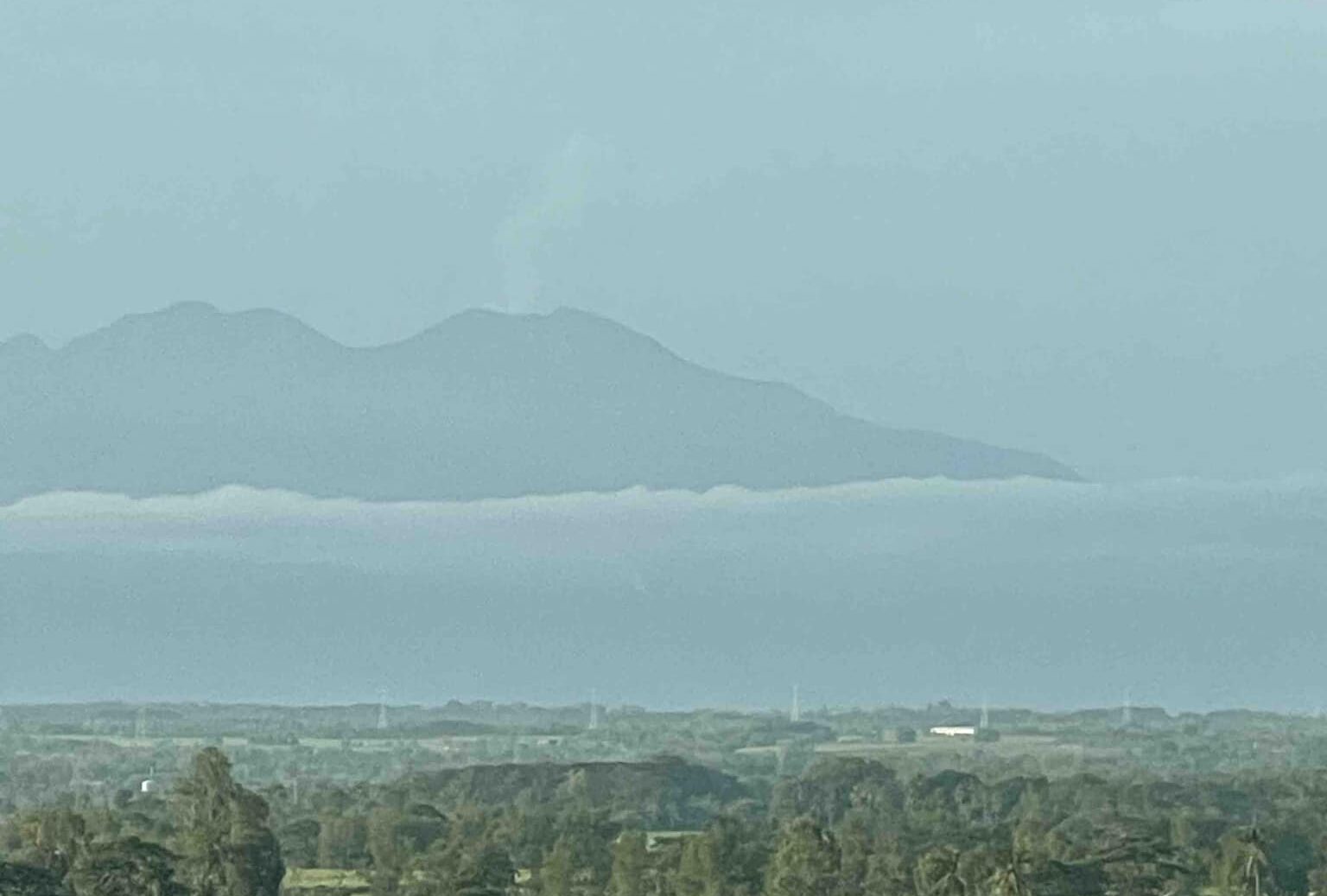Phivolcs: Mt. Kanlaon gas emissions drop, but explosion possible
BACOLOD CITY — The gas emissions at Mt. Kanlaon have decreased, but the possibility of an explosion remains.
The Philippine Institute of Volcanology and Seismology (Phivolcs) reported on July 1 that the volcanic sulfur dioxide (SO2) gas emission from the summit crater of Mt. Kanlaon dropped from 5,397 tons, its highest recorded level on June 28 to 3,007 tons.
“The normal volcanic sulfur dioxide gas emission of Mt. Kanlaon is 300 tons a day, so 3,007 tons is still high,” said Mari-Andylene Quintia, Phivolcs resident volcanologist based in La Carlota City, Negros Occidental.
At least 14 volcanic earthquakes were recorded at Mt. Kanlaon on Sunday.
“A steam-driven or phreatic eruption or one similar to the June 3 explosive eruption could still occur at Kanlaon because its magmatic gas level is still high,” Quintia said.
The volcano remained under Alert Level 2, which means unrest driven by shallow magmatic processes could lead to explosive eruptions or even precede hazardous magmatic eruptions at the summit crater, Quintia said.
Although there were no outward manifestations of an eruption, increasing unrest at Mt. Kanlaon remained, added Quintia.
Phivolcs reminded the public to be vigilant and avoid entry into Mt. Kanlaon’s four-kilometer radius permanent danger zone to minimize risks from volcanic hazards, such as pyroclastic density currents, ballistic projectiles, rockfall, and others.
Phivolcs said that if ash falls from the volcano, people should cover their nose and mouth with a damp, clean cloth or dust mask.
Households living beside a river on the southern and western slopes, especially those that have experienced lahar and muddy streamflows, were also urged to take precautionary measures when heavy rainfall over the volcano has been forecast or has begun.
Mt. Kanlaon’s explosion on June 3 initially caused 4,000 residents of La Castellana town to evacuate, but the majority were allowed to return to their respective homes two weeks ago.
Only 39 families with 116 members remain in one La Castellana evacuation center.
These are residents of the permanent danger zone in parts of Barangays Biak na Bato and Masulog.
The volcano’s eruption also spewed coarse ash fall and a sulfur odor that damaged P84.1 million crops and fisheries.
